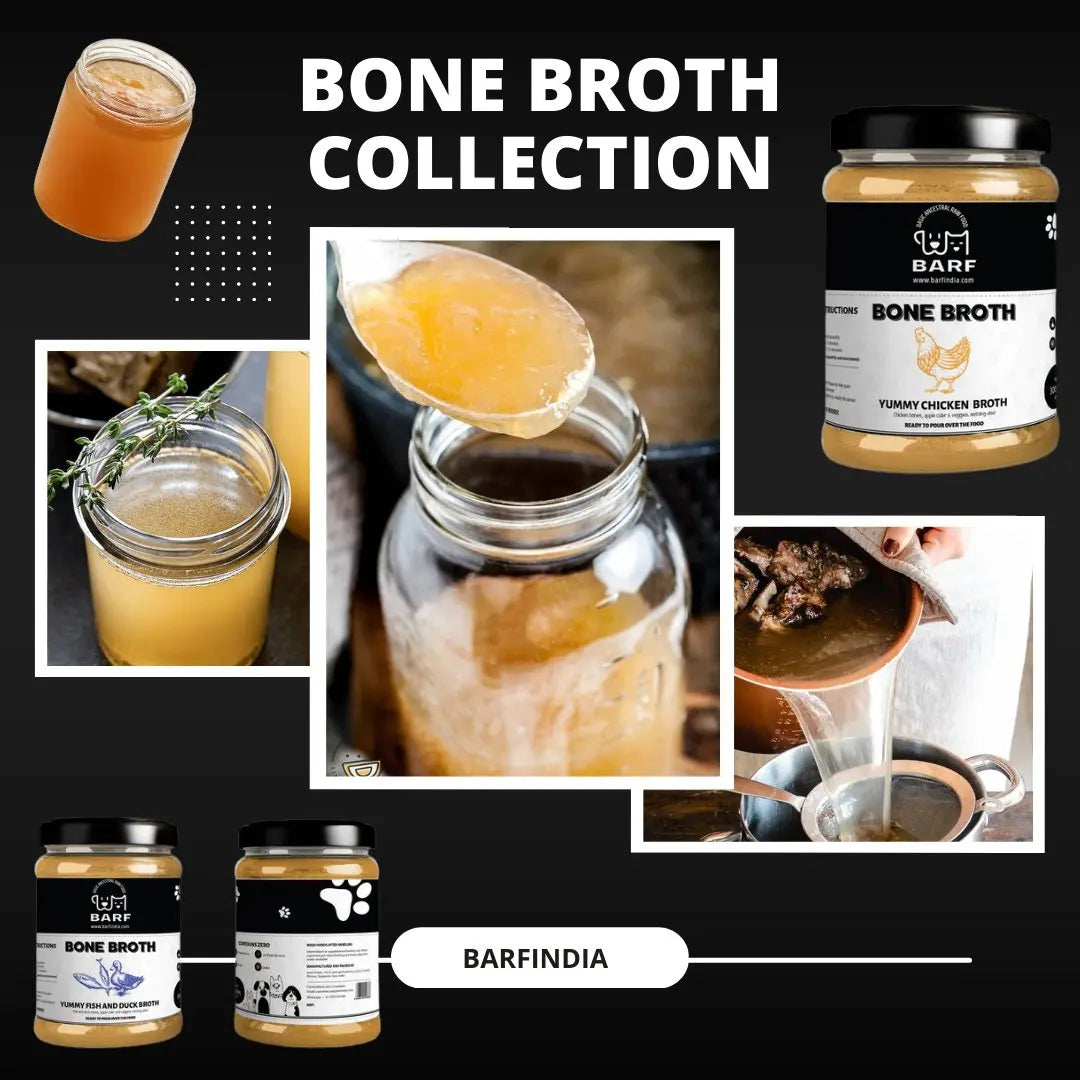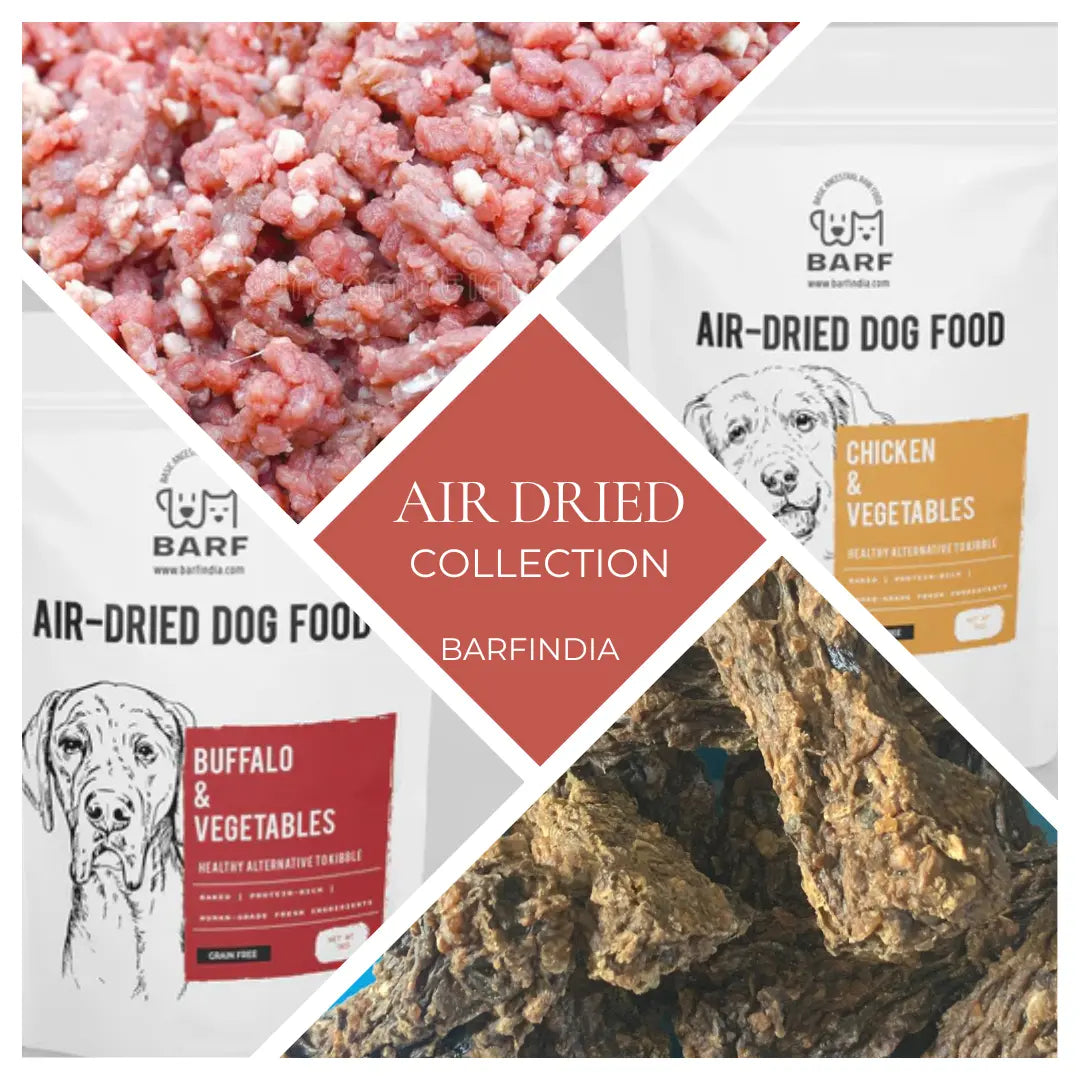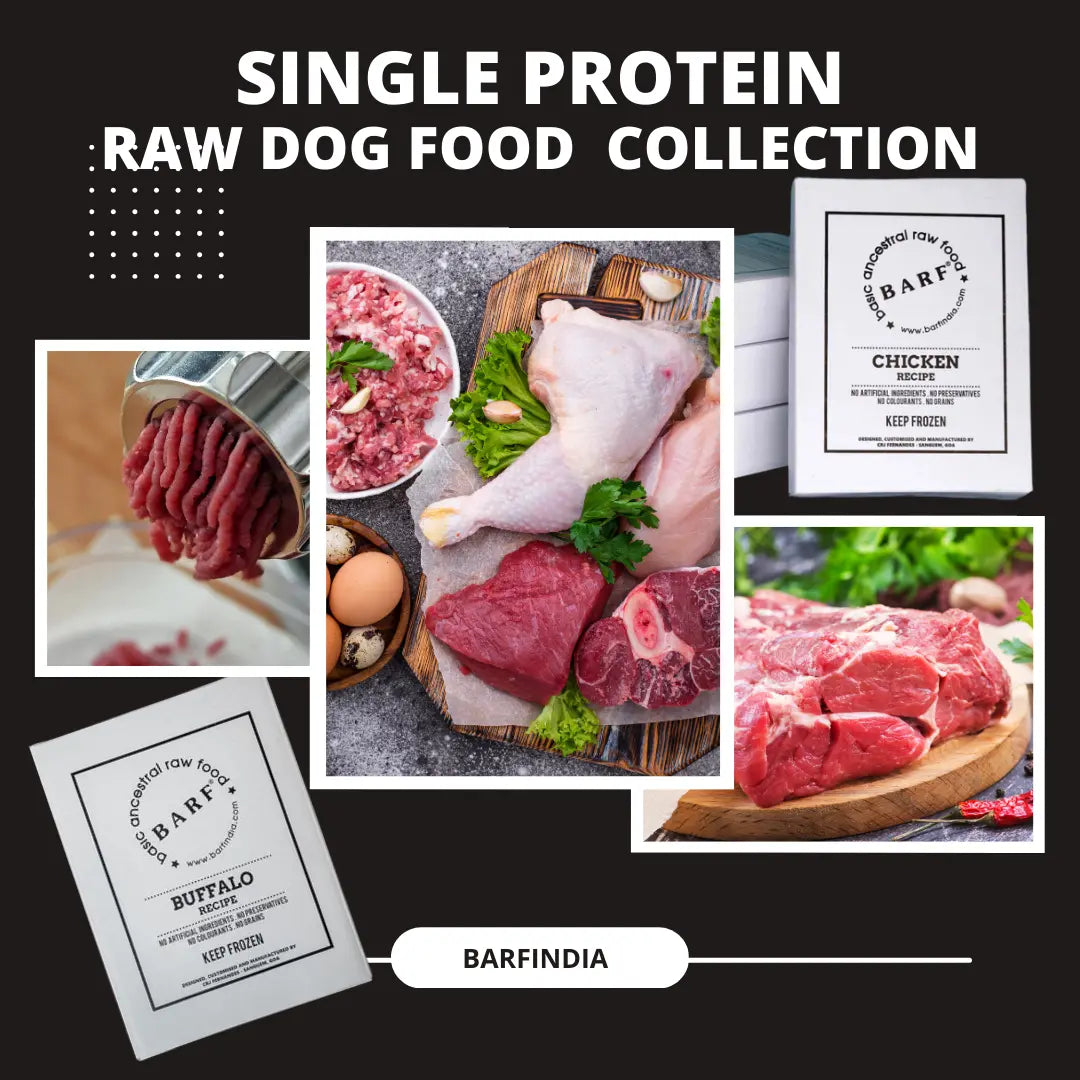
Do's and Dont's of handling raw food
B.A.R.F. India AdministratorHandling Raw Dog Food: Do's and Don’ts for Pet Parents
Safe and Smart Tips for Handling Raw Dog Food at Home
Handling raw dog food correctly is just as important as choosing the right meat for your own family’s meal. Think about it—when you buy chicken for lunch, you probably inspect the freshness, color, and texture, right? The same level of care should apply when buying and preparing raw food for your dog.
Feeding your pet low-quality or improperly stored raw meat is not just unhealthy—it’s risky. So here’s a helpful guide on the do’s and don’ts of handling raw dog food to keep both your pet and your household safe.
🧠 It’s All About Common Sense
You don’t need to be a vet or a microbiologist to manage raw food safely—just some awareness and basic hygiene go a long way. Remember, you're protecting yourself and your pet from contamination when handling raw meat.
🦠 Let’s Talk About Bacteria
While cooking kills harmful bacteria like Salmonella, raw meat may still carry them. Dogs have acidic stomachs and short GI tracts designed to handle bacteria from raw meat. But humans don't. That's why handling raw dog food safely is crucial for us.
Always wash your hands thoroughly before and after prepping your dog’s meal. And yes, it's important to keep your dog's raw meat prep separate from your own food.
🧽 Clean Your Kitchen, Clean Your Tools
One of the golden rules of handling raw dog food: keep your kitchen sanitized.
-
Use hot soapy water to wash your hands, cutting boards, bowls, and knives.
-
Assign separate tools (bowls, spoons, chopping boards) exclusively for your pet’s food prep.
-
Wipe down kitchen counters with disinfectant regularly.
-
Educate your domestic help and family members, especially kids, about raw food safety.
-
If kids help feed pets, make sure they follow hygiene protocols too.
❄️ The Right Way to Defrost Raw Dog Food
Frozen raw food should be defrosted correctly to avoid bacterial growth. Here’s what you need to know:
Don’t:
-
Defrost raw meat on the kitchen counter or outdoors.
-
Use plastic bags or keep it in enclosed warm spaces.
Do:
-
Defrost food inside the refrigerator at 40–45°F (4–7°C).
-
Never thaw more than 2 days' worth of meat at once.
-
Keep organs, fish, poultry, and meaty bones refrigerated and use them within 2–3 days.
🌡️ After Defrosting: Temperature Matters
Once defrosted, keep the raw food at fridge temperature (below 45°F). If it’s left out in a warmer environment for over 90 minutes, it becomes unsafe. Discard immediately to prevent any chance of bacterial contamination.
🚫 Avoid the Microwave
Never microwave raw dog food. Heating meat unevenly alters the fat structure, reduces enzyme activity, and may cause Ileus—a condition that affects digestion and bowel movement in dogs, especially older ones.
If you need to bring food to room temperature:
-
Place it in a stainless steel bowl and warm gently over very low heat for no more than 2–3 minutes.
-
DO NOT cook the food—just slightly raise the temperature.
-
This is only for emergencies and shouldn’t be a regular practice.
💧 Another Quick Thawing Option
-
Place the raw food (in a leak-proof plastic bag) in a bowl of cold water.
-
Change the water every 20 minutes to keep the temperature down.
-
Always feed immediately after defrosting.
-
To preserve the nutritional value, thaw in a container so that juices aren’t lost.
🍽️ Managing Leftovers
-
Refrigerate leftovers immediately.
-
Discard old bones—they dry out, become brittle, and may splinter.
-
If your dog has food allergies, use color-coded bags or containers to avoid mix-ups.
-
Label everything clearly, especially when feeding multiple pets.
🧼 Final Safety Tips for Handling Raw Dog Food
✅ Keep kids away from raw meat and poultry.
✅ Store raw food away from human food.
✅ Use different sponges for your dog’s dishes.
✅ Use stainless steel bowls—never plastic.
✅ Keep wet wipes or disinfectant cloths handy to clean up after raw meal prep.
❤️ In Conclusion
Handling raw dog food safely is essential—not just for your dog’s health, but for the safety of your entire household. With a few simple precautions, you can confidently feed your dog a biologically appropriate raw diet that supports immunity, digestion, and overall vitality.
We hope these tips help you feel more at ease when prepping your dog’s meals. If you have additional questions or would like help customizing your pet’s raw diet, write to us—we’d love to hear from you!



